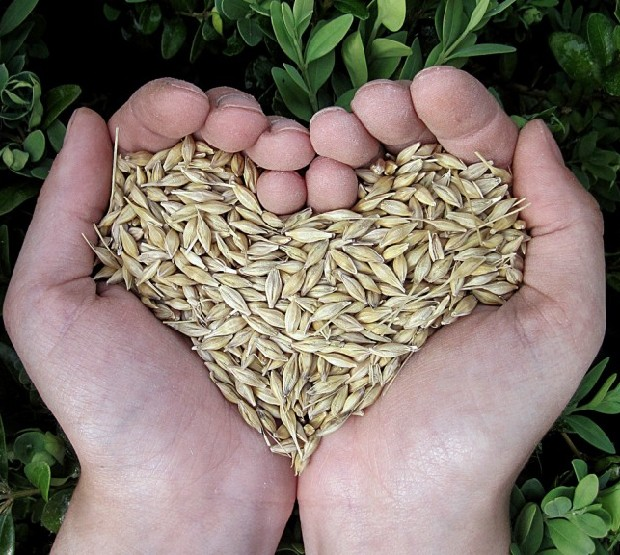In this post we are going to discover all the properties and secrets of peas, a delicious delicacy that will delight both adults and the little ones in the house.
Harvest season beginspea , a legume so popular among gourmets for its great versatility and colorful color, as appreciated by nutritionists for its high nutritional quality. Fresh, they are a spring season food, but they areyou can enjoy them all year round frozen, cooked and / or dried.
The pea is the edible green seed, enclosed in a pod, of a legume climbing plant called Pisum Sativum. Yes, you read that right! ThePea is a legume, like chickpea or soybeans, but nutritionally they can be considered "legume-vegetable" since due to its nutritional characteristics - low in carbohydrates and proteins - it is closer to the groupof vegetables. Of course, when consumed in a dry form it is considered a "dry" legume, worth the redundancy, by increasing its content in hydrates and protein.
Peas are rich in vitamins, minerals, antioxidants, and fiber.
Fresh or frozen they are an excellent source of nutrients. The pea is made up of almost 80% water and is especially rich in fiber - concentrated in the skin - helping to reduce cholesterol levels andblood sugar, while helping to regulate intestinal transit, avoiding constipation. Vitamin C and B vitamins stand out in its composition, highlighting its richness in folic acid, essential for pregnant women as it protectsge the baby against malformations and neural tube defects.
Among the minerals, this green pearl stands out for its iron content, helping to meet your daily requirements, phosphorus for strong bones andmagnesium to feel well charged batteries.
Due to the high concentration of carotenoids, especially lutein, peas act as antioxidants, preventing cellular aging and protecting the body against free radicals and parasites.cancer, while increasing the efficiency of the immune system and reducing the chances of heart attacks. Carotenes are also required by our body for the formation of vitamin A, essential for proprotect your eyes from diseases such as cataracts and muscle degeneration.
When you go to buy fresh peas, choose the ones that are not, inside the pod, very tight. Old peas losetheir flavor and they become almost square and floury, because their sugars are transformed into starch. Young pods can be eaten as is, even raw.
Versatile in the kitchen they can be eaten steamed, boiled, sautéed, stewed ...
The best way to consume peas is steamed or boiled, but very little cooked so that they do not lose the vitamins or half of their properties. Cooking time ranges from two to five minutes. Once cooked they drain and rThey cool quickly with ice so as not to lose their powerful green color.
They are also pure versatility: they admit a multitude of uses in the kitchen, we can make soups, purees, stews, sauteed ... or as a garnish in rice dishes, salads, fishyes ...
Although we can eat peas all year round, whether frozen, canned or preserved, their flavor and color are unmatched by freshly drawn fresh peas. Take advantage of the fact that it is spring and run to the marketto buy this delicacy with a sweet, tender flavor and with an incomparable freshness.






